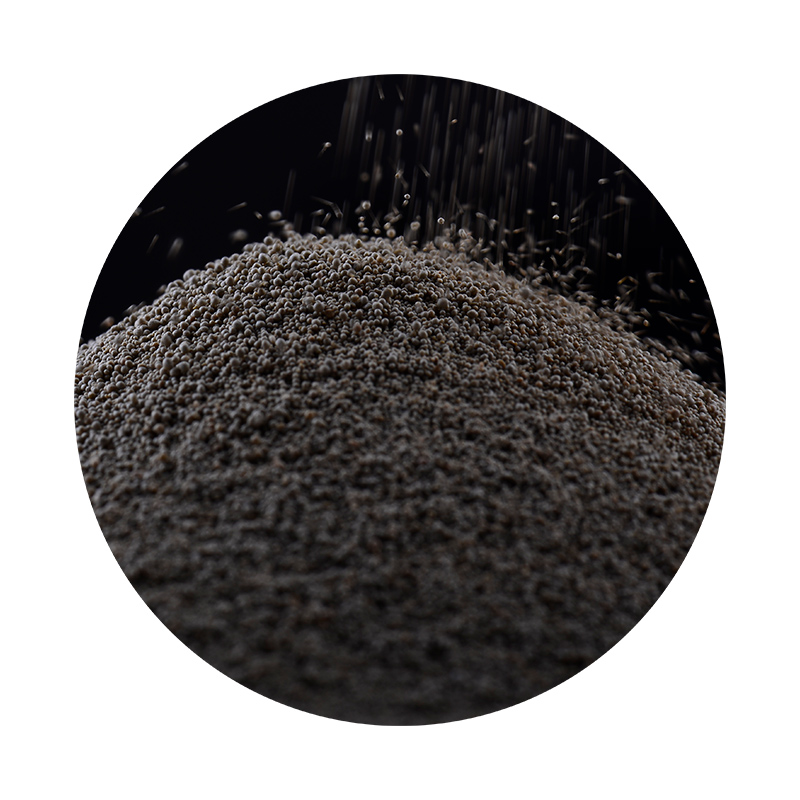Properties of Foundry Sand A Key Component in Metal Casting
Foundry sand is a crucial material employed in the metal casting process, which is instrumental in producing numerous metal components used across various industries such as automotive, aerospace, and manufacturing. The properties of foundry sand significantly influence the quality of cast products and the efficiency of the casting process. Understanding these properties is essential for foundry engineers and operators looking to optimize their operations and ensure the production of high-quality castings.
Types of Foundry Sand
The most commonly used type of foundry sand is silica sand, primarily due to its availability and cost-effectiveness. However, other types of sand, such as synthetic sand or spent foundry sand, are also utilized in specific applications. Each type of sand possesses unique properties that can affect the casting process.
Essential Properties of Foundry Sand
1. Grain Size and Distribution The grain size of foundry sand plays a pivotal role in determining the surface finish and dimensional accuracy of castings. Typically, a finer grain size leads to smoother surface finishes. However, excessive fineness can reduce permeability and increase the risk of defects during casting. Thus, a balanced grain size distribution is crucial for achieving optimal casting results.
foundry sand properties

2. Permeability This property refers to the ability of sand to allow gases and air to pass through. High permeability is essential in preventing gas trapping during the mold-making process. Foundry sand with adequate permeability aids in ensuring that the molds can release gases generated by the molten metal.
3. Cohesion and Bonding Foundry sand must have adequate cohesion to maintain its shape once molded. The bonding characteristics can be enhanced through the addition of binders. The right balance between cohesion and the ability to break down during the shakeout process is critical for the efficient removal of castings.
4. Refractoriness This property denotes the sand's capacity to withstand high temperatures without melting or deforming. Refractory sands are primarily employed in ferrous metal casting to ensure that the molds retain their shape under extreme heat conditions.
5. Thermal Conductivity The thermal properties of foundry sand affect how it interacts with molten metal. Adequate thermal conductivity ensures that heat is transferred effectively, promoting even cooling and reducing the risk of defects such as warping or cracking in the final product.
Conclusion
In summary, the properties of foundry sand play a vital role in the metal casting process, influencing the quality, efficiency, and overall success of casting operations. By carefully selecting and processing foundry sand with the right properties, foundries can enhance the performance of their casting processes, resulting in high-fidelity metal parts that meet the rigorous demands of various industries. As technology advances, the exploration of alternative sand materials and improvements in sand processing techniques will continue to shape the future of metal casting.
Post time:wrz . 19, 2024 05:27
Next:steel sand casting process
